Improving energy performance, enhancing cooling and finding talented/skilled data centre professionals are just a few of the challenges the data centre industry faces in 2024.
These are some of the findings of the 13th annual Uptime Institute’s Global Data Centre Survey, which was unpacked by Eben Owen, senior business director for Anglophone Africa at the Uptime Institute, at ITWeb and Vertiv’s Accelerate 2.0 event hosted in Cape Town recently.
According to Owen, these concerns are only exacerbated by the incredible rise in the amount of data the world is currently generating and consuming.
Also speaking at the event, Jon Abbott, technologies director and industry advisory for strategic clients in EMEA at Vertiv, mentioned that every time someone looks at their phone or engages with anything digital, they are creating more and more data. And, as a result, the global data centre market is growing rapidly, with providers spending billions to expand their services so that they can better meet the needs of our increasingly data hungry world. Network infrastructure, Abbott said, is quite similar to road infrastructure and, much like our roads, this infrastructure needs to be updated and improved as demand increases. And, in recent years, demand certainly has increased.
To give an idea of just how much data we are currently consuming, he equated it to around 300 square feet of data centre space or one yottabyte of data. “If you were to download a yottabyte at home using a gigabit fibre connection it would take about 11 trillion years to do so. That’s a pretty big number.” Citing AI as a very topical example of the kind of technologies and innovations driving global data growth, he explained that where we used to have a data analyst filtering through information to derive some kind of value from it, AI can do this automatically. But delivering the level of computing capability needed to power AI means that we have to upgrade our IT infrastructure so that we can process the amount of data at the speed required to make AI functionality possible. “It’s all about delivering accelerated architecture. To make this possible, the workhorse that drives this architecture has to change.”
Looking more broadly – at an industry like retail – Abbot highlighted how digital is now shaping retail experiences and how this trend is contributing to global data growth. Modern consumers and the consumers of the future want to be able to combine the physical and the virtual world, for example, looking for products online and then visiting a store where they are sent targeted advertising based on their search history. To make these online and offline retail experiences possible, our networks have to be able to keep up with all of this information.
Of the very big and the very small
While most of the morning session was dedicated to the large, Jonathan Duncan, technical director for the African Region at Vertiv, noted that with all of this growth comes a very real need to optimise our data centres and make them more efficient. It is possible to handle the massive amount of data we are generating and processing without dramatically increasing our data centre footprint, he says. This comes back to the challenges outlined earlier – from reducing data centre energy consumption to developing new ways to cool our data centre facilities. There is a lot of smart technology out there that we can use to standardise and simplify our data centres, he added. These solutions, like Vertiv’s SmartCabinet, incorporate best practices in a compact, plug and play box; offering the security, functionality, resilience, energy reliability and cooling capabilities required to meet modern data centre needs.
For those looking to optimise their estate, Owen suggested that establishing a proper baseline is a good place to start. “If you want to lose weight, you probably should start by climbing on a scale,” he said. “In doing so, you’ll have a better idea of where you’re at and then you can see what low hanging fruit you can address without too much effort.”
“We aren’t expecting anyone to reinvent the wheel here, continued Abbott. “In fact, we’re just coming up with ways to improve and miniaturise many of the technologies we already have so that we can create something that is more effective and palatable for the modern enterprise.”
Share
